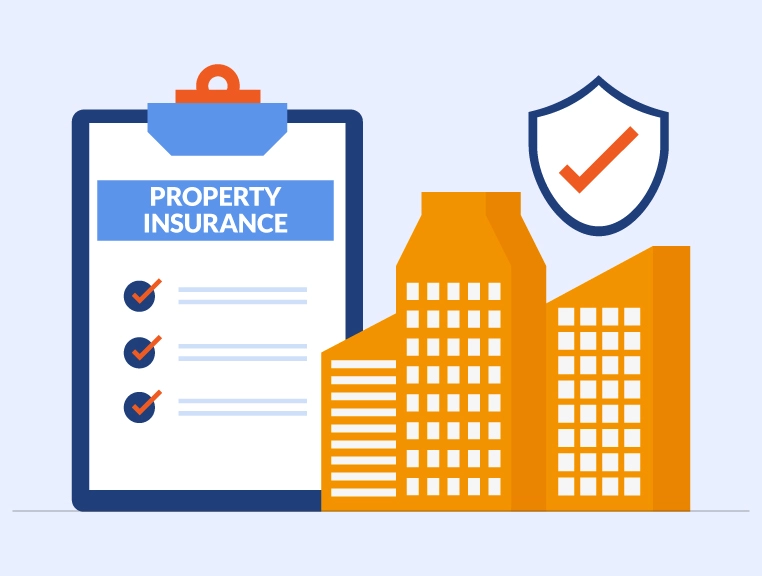A specific type of insurance known as “leased equipment insurance” shields companies from monetary losses from renting machinery or other equipment. It ensures that organizations may carry on uninterrupted operations by protecting leased assets from harm, theft, or loss.
Leasing equipment insurance is essential since it can help reduce risks, fulfill the lease terms, and save high costs in unforeseen circumstances. Businesses may protect their assets, minimise downtime, and carry on with confidence by obtaining insurance for leased equipment.
Protection Against Physical Damage:
Leased rented equipment insurance provides essential defence against physical harm.
- It protects companies against unanticipated circumstances that could damage leased equipment by covering accidental damage.
- The insurance broadens its leased equipment coverage to include protection against vandalism and theft, essential for averting losses from illegal activity.
Compliance with Lease Agreements:
Leased equipment insurance guarantees adherence to lease agreements by fulfilling the necessary insurance requirements. Specific insurance coverage levels are frequently required under lease agreements, and noncompliance can result in fines. Businesses are committed to meeting lease requirements, reducing risks, and averting financial penalties by securing leased equipment policy.
Additionally, compliance preserves goodwill with the lessor, allowing for continued access to necessary equipment and possible future leasing possibilities. Adequate insurance coverage supports a stable and expanding firm.
Reduced Downtime and Business Disruption
Leased equipment insurance makes quickly replacing or repairing damaged equipment easier, reducing downtime and business interruption. Insurance coverage shortens the time needed for repairs or the acquisition of new equipment by hastening the process of restoring equipment to operational condition.
Less disruption to business operations implies that organisations can quickly return to their regular schedules and continue to produce at a high level. Leasing equipment insurance helps companies prevent long-term revenue loss and reputational harm by guaranteeing a speedy recovery, ultimately safeguarding their bottom line and clientele.
Cost Savings in Leased Equipment Insurance
For organisations, Leased Equipment Insurance results in significant cost savings.
- It gives affordable option to pay for replacements out of pocket by covering equipment that has been stolen or destroyed.
- It ensures financial stability by preventing unforeseen situations from causing unexpected financial problems.
- The advantages of budgeting are clear since it allows firms to manage resources more effectively while reducing the risk of losses from equipment malfunctions.
This proactive strategy protects against financial strain for companies that hire and rental insurance equipment and improves overall financial planning and stability.
Flexibility and Scalability in Leased Equipment Insurance
Leased Equipment Policy exhibits the scalability and flexibility that are essential to enterprises. The policy makes it easy for businesses to upgrade or replace equipment as needed, enabling them to keep up with the rapidly changing demands of technology. Moreover, this flexibility includes accommodating evolving company requirements and permitting modifications to leased equipment without compromising coverage.
In addition to offering monetary security, insurance supports organisations’ dynamic operations and technological advancements by allowing them to grow effectively. This adaptability helps businesses that depend on leased equipment be more resilient overall by enabling them to expand and change as needed.
Example of Leased Equipment Insurance
When severe weather damaged vital equipment, a manufacturing corporation highly dependent on leased machinery faced a problem. With Leased Equipment Insurance in place, the business submitted a claim as soon as possible. And the insurance company quickly evaluated and authorised it.
The rental equipment insurance cost included business interruption in addition to replacement costs. The company continued operating as usual, with a significantly reduced financial impact.
Conclusion
In summary, leasing equipment insurance has many advantages. Such as cost savings, compliance with lease agreements, protection against equipment loss or damage, and less downtime. Businesses can protect their financial stability, minimise risks, and continue operating by purchasing this specialised coverage.
To maintain growth and continuity, companies must consider leased equipment policy as equipment leasing becomes increasingly common. Moreover, investigate your alternatives for leased equipment insurance now to avoid leaving your company exposed and to feel secure in the knowledge that your assets are safeguarded.
About The Author
Shivani
MBA Insurance and Risk
She has a passion for property insurance and a wealth of experience in the field, Shivani has been a valuable contributor to SecureNow for the past six years. As a seasoned writer, they specialize in crafting insightful articles and engaging blogs that educate and inform readers about the intricacies of property insurance. She brings a unique blend of expertise and practical knowledge to their writing, drawing from her extensive background in the insurance industry. Having worked in various capacities within the sector, she deeply understands the challenges and opportunities facing property owners and insurers alike.



